Data that is Philanthropically Contra-Indicating
It's fascinating to look at the interesting nature of the economic climate. In one sense, the S&P is up 17%, the NASDAQ is up 34%, and the Dow Jones is up 6.3% since January 1, 2023. That would indicate a positive environment for disposable income, retirement, and investments for individuals. But when it comes to philanthropy, there seems to be more and more warning signs about what the next six months to a year of fundraising might look like.
In a survey by Washburn and McGoldrick, after input from 340 frontline fundraisers and senior development officers from colleges and independent schools, only 78% indicated confidence that their institution could meet fundraising goals. And while that's better than December 2022, that's down from nearly 91% in years past. In addition, in the same study, 69% of senior fundraisers had been told by donors that there was great concern about the economy.
This does not seem to be fenced in with just bigger donors. A number of smaller donors indicated that they were holding back their regular donations because of economic uncertainty.
How are nonprofits addressing this issue?
The same study indicated that larger institutions are actually budgeting less revenue (a decrease) for fiscal year 2024. With a number of clients I'm dealing with, positions are not being refilled, saving on the expense line. Another nonprofit that I work with received their final formal budget and it was 15% less than was agreed to in personal meetings just six weeks earlier. The local chief philanthropy officer was told to “figure it out.” And another client, facing a reduced budget, made the decision to remove several special events from their annual plan and focus limited resources on the gift officers to maximize return on investment.
There are many different ways of looking at the problem with reduced philanthropic dollars coming in as a revenue stream. But what's most important is the realization, not just by the philanthropy office, but by the organization as a whole, that to solve the situation the organization cannot just “cut” its way out of the problem. And that might be an issue with the “skittish” nature of donors right now.


